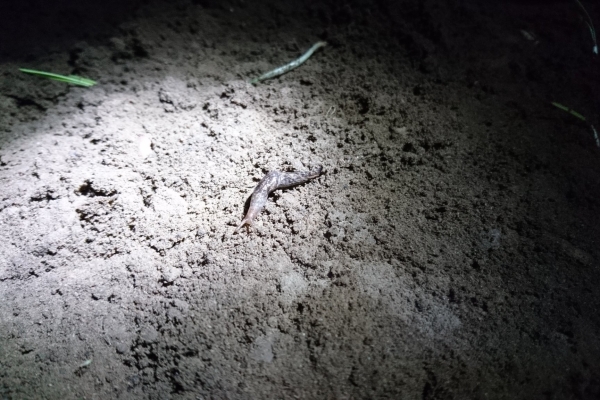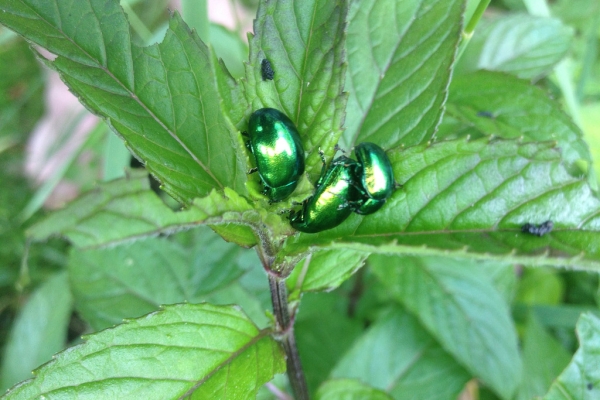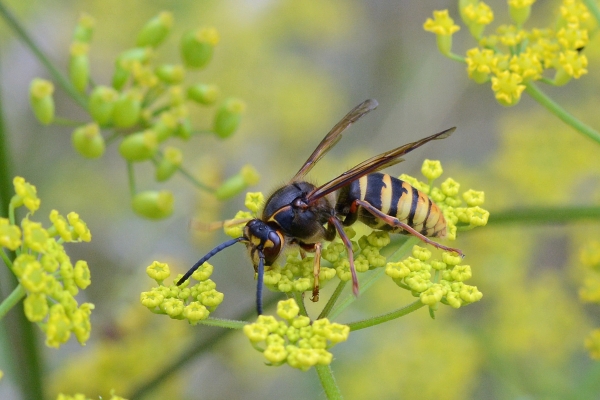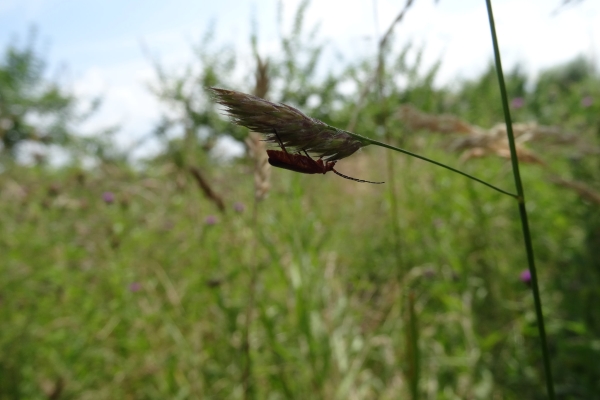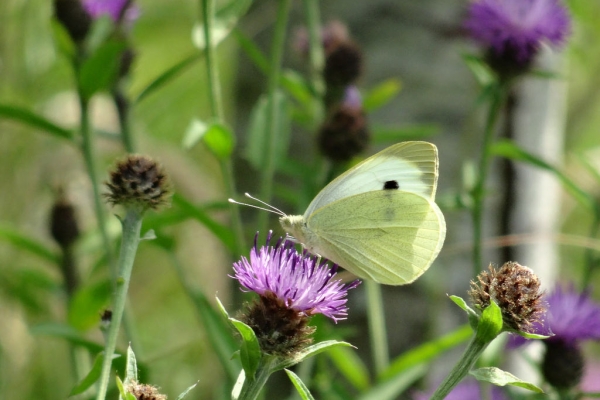Integrated slug control
AHDB Information Sheet 04 Winter 2018
Resource explained
This information leaflet from the AHDB (applicable for all in the arable and horticultural sector) provides an overview of how an integrated approach to slug control can be carried out, particularly in the light of a ban on the outdoor use of metaldehyde slug pellets being introduced across Great Britain from spring 2020. It describes the biology of slugs; including the different types of slug in the UK, their life-cycle, and preferred habitat. It lists the stages that different plant groups are most susceptible and provides advice on how to monitor for slug presence and damage. Recommendations on the seedbed and soil preparations that will reduce both slug shelter and slug food sources are given. It also provides information on how you can create habitats for slug-eating predatory beetles and/or use parasitic nematodes to specifically target slugs. Chemical control methods including ferric phosphate and metaldehyde are also discussed.
Findings & recommendations
- Slugs damage a wide range of plants at varying stages of their development.
- There are several different slug species in the UK; weight for weight, smaller slugs destroy more cereal seed crops than larger slugs.
- Integrated management includes understanding the risk factors, monitoring slug numbers, preparing soil and seedbeds appropriately, and using biological and/or chemical controls.
- Slugs prefer temperatures between 5-20℃ and a damp environment. Minimising weeds reduces food sources and shelter.
- A seedbed that enables seeds to germinate quickly and rapidly decreases the risk of damage.
- Ploughing, minimal tillage and frequently cultivated soils decrease slug shelter. In contrast, open, damp and cloddy seedbeds provide more slug shelter.
- Direct drilling or delayed drilling can increase the risk of slug damage. Slow-growing autumn crops are more at risk than spring-sown crops.
- Monitor slug numbers using refuge traps and monitor plants for damage.
- Create beetle banks as habitats for slug-eating ground beetles.
- Use nematode parasites. These can be applied in advance of expected damage and can reduce damage for about 6 weeks.
- Chemical control includes ferric phosphate (suitable for organic systems) and metaldehyde slug pellets (although outdoor use of them will be banned from spring 2020).

